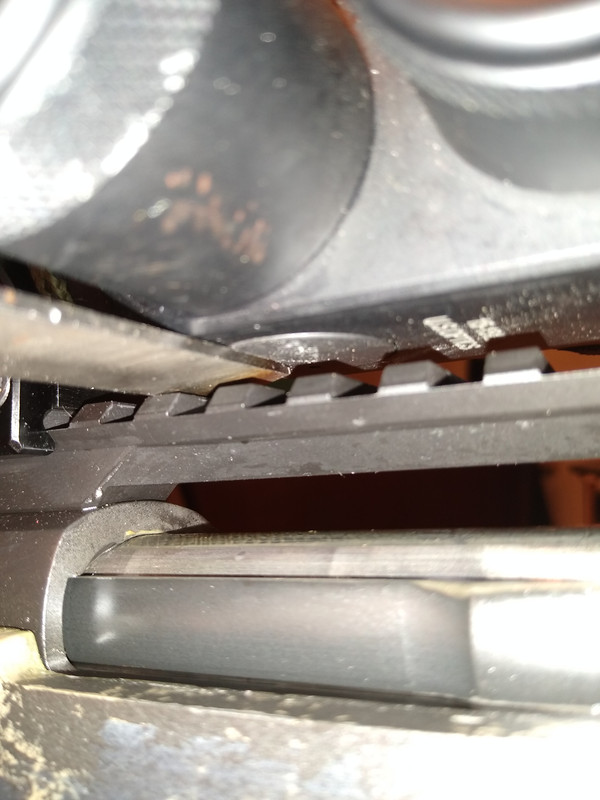The issue people are not getting and that is demonstrated in this thread with the "tools" necessary to level the scope. It's not the scope on the rifle that is the issue, it's you the shooter.
Nobody has an issue with the scope being aligned to the fall of gravity because it is pretty forgiving. The flat to the flat is all that is really needed. Manufacturers install the reticles based on this flat. If you sent the scope back to the manufacturer because you believe the reticle is canted, they are just gonna test it versus the flat.
Where canting and all this comes from is the Shooter...
It's the Shooter's position, as well as the subconscious part of our brain that controls this aspect of it. We cant the rifle and having a scope that is aligned to the rifle is the biggest problem. Let me explain this...
Because too many are more interested in buying the levels or the wheeler mounting tools, everyone thinks, "If I spend an hour leveling the scope to the rifle" I am all good. Then they ignore the fundamentals of marksmanship and have no idea about the mechanics of a shot. They push too hard with their head because they are sideways behind the rifle, that causes a cant. They pull the bolt over and that cases a cant, they have a loose bipod with next to no resistance to any of this, which pulls the rifle over causing a cant. Rarely is a cant from the scope and rifle relationship, because if it is, the reticle is probably crooked in the scope by more than the minimum spec. Most companies will admit to 2 degrees, which is just noticeable.
If you use the flat, and they check the reticle with a plumb that will tell you everything you need, and will work perfectly. If you align the flat to the rail, and the reticle appears canted, you have an mechanical issue.
Canting the rifle comes from the shooter, no amount of work on the scope and rifle relationship will change that. In fact, it has the potential to make it worse.
If people understood their body position and subconscious mind better, they would understand this more. Instead of paying attention to the Toys out there, pay attention to the fundamentals. Investing your level money on a better bipod will have a direct result on combating a cant vs a level scope. A level scope on a level rifle that is subconsciously canted will give you 10x the error factor vs knowing what the proper body position can accomplish. It's literally a 1/2" at 1000 yards vs almost 11 Inches when you set the rifle up to you vs just defaulting to a level system.
You are the factor, it's the nut behind the bolt, not the scope.





